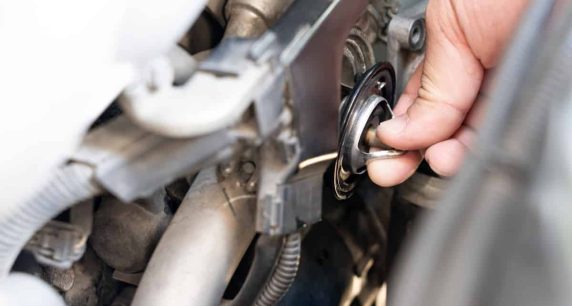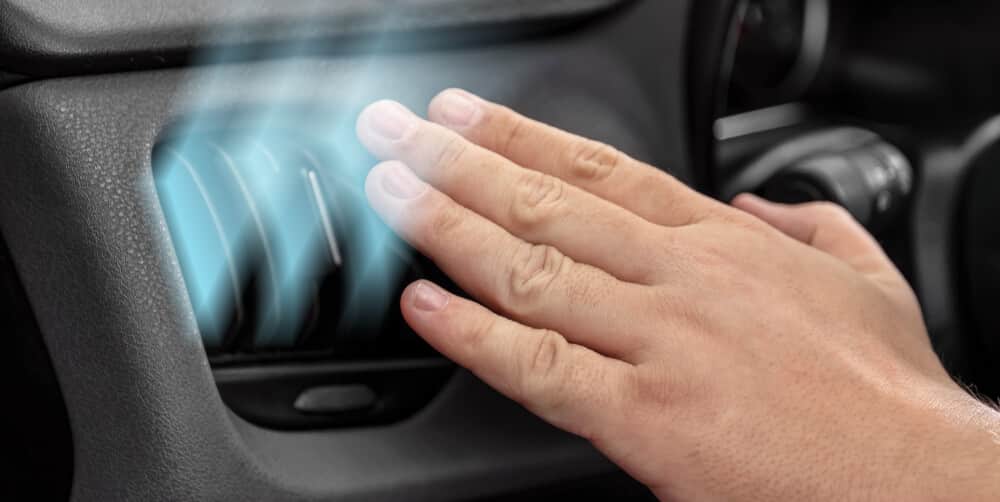5 Symptoms of a Bad Car Thermostat

When your car thermostat fails, it will impair the operation and functionality of your engine. Fortunately, there will be some easily recognizable symptoms that you will notice when this happens.
You should take it upon yourself to replace your thermostat promptly if it turns out that it’s faulty or develops a leak. If you don’t do this promptly, then your engine could suffer irreversible damage the longer it is overheated.
BAD THERMOSTAT SYMPTOMS
- Overheating Engine

If the thermostat stays closed, the engine’s coolant cannot reach the radiator and, therefore, cannot cool down. This will cause the engine to overheat – which you can see in your dashboard with an ascending temperature display in the ticker – and you won’t be able to drive for more than 10 minutes before it starts overheating again.
Therefore, an unexpected rise in temperature means that you need to see your local mechanic to diagnose and check the thermostat.
- Temperature Fluctuations

The thermostat gate must be perfectly timed to ensure that the engine receives the coolant at the perfect temperature. If the timing is not correct, the engine temperature will fluctuate, and the temperature gauge will respond abnormally.
This can also be caused by an electrical failure or air in the coolant system, but you should never exclude a thermostat failure from the equation.
- Heater fluctuations

The coolant warms up the heat inside of your car. Therefore, you might experience temperature fluctuations inside the car heater if the thermostat does not do its job properly to keep a steady temperature in the car’s engine.
If both your temperature gauge and the heat inside the car fluctuate, it is definitely a good time to check the thermostat.
- Possible Leakages & Steam from engine

If the thermostat is not working properly, the hot coolant in the engine coolant chamber will find a way to escape because of too high pressure. We all know that hot air rises and that water boils and forms steam when it heats up.
When the coolant heats up, and the pressure gets too high, it can attack the weak points and cause a leak. The coolant is often pressed out of the radiator tank
Leaks are often straightforward to detect because they are visible and often show up in white steam smoke.
- Rising Temperature and Full Expansion Tank

If the thermostat flap remains closed, no coolant can escape to the radiator. The coolant inside heats up and begins to convert to steam, while the coolant inside the radiator remains unchanged.
So if you see the temperature gauge rise and the radiator tank is filled with water, you most likely have a problem with the thermostat. A rising coolant level can also mean that the car is about to overheat.



